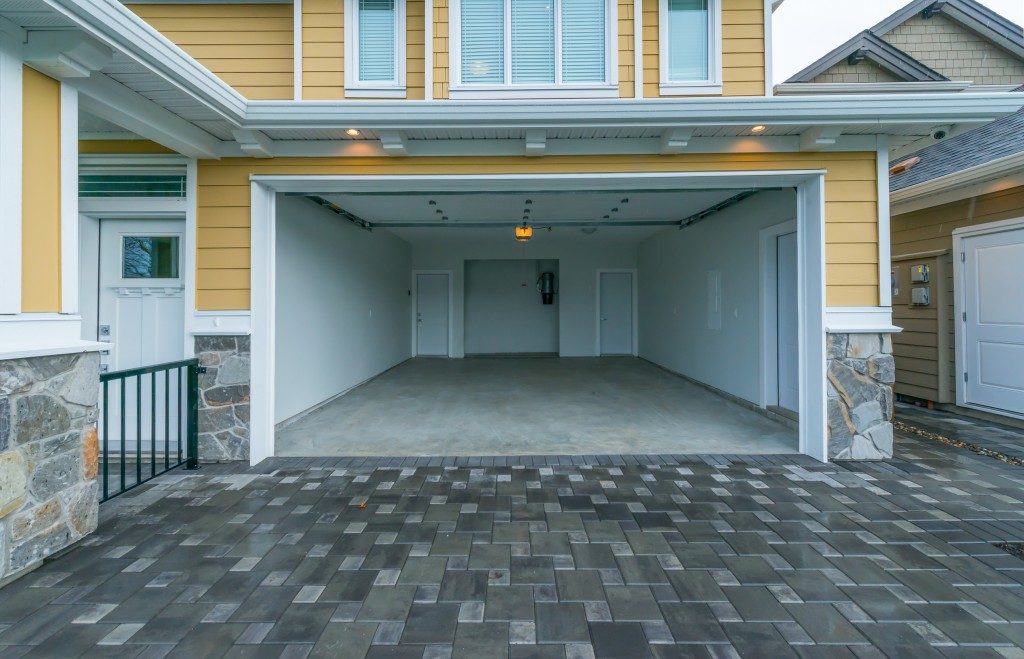The garage and entry doors are the primary entry points into your property. Most people will focus on getting the best look for their doors and boosting their security. Unfortunately, this is not all it takes to have a secure and exceptionally-looking door. One element that can considerably damage your doors and you, unfortunately, have little to no control over is harsh weather. While the entry door is to some extent protected from harsh elements, the garage door is left primarily exposed to them.
For Cairns residents and those in any area with adverse weather conditions, the motorized garage doors will require weather sealing. This will not only keep out harsh weather elements like ice and strong winds but also pests that might damage the items in your garage. Dust, debris, mold, and pest droppings in your garage might be indicators of an exposed garage.
Here are some of your weather sealing options to keep destructive elements from damaging your garage:
Bottom Seals
A garage door bottom seal is also called a door sweep. It is a long vinyl or rubber strip that will be attached to the bottom of a garage door. The flexible seal will compress when your door is closed to seal the gap between the door and the floor. If you see sunlight filtering through the bottom of your garage door, then it is time to replace its bottom seal. A simple strip-style garage door seal attached using aluminum or galvanized roofing nails are commonly used on wooden garage door panels. Metal garage door panels have an aluminum channel along their bottoms to hold the seal.
Threshold Seals
These work like bottom seals but are attached to the garage‘s floor rather than its door. They are typically used to keep out water in garages where the driveway slopes towards them. Threshold seals will also fill large gaps between garage doors and the floor. They might, however, not be the best choice if you hose your garage when cleaning. This is because threshold seals make it challenging to get the water out of your garage or sweep debris.
Doorstop Weather-Stripping
Rain and wind can still get into your garage through the gaps in the top and sides of your garage door. To avert this, most garage doors have vinyl or rubber weather-stripping on their doorstop’s molding. Weather-stripping for garage doorstops comes in rolls and is attached using galvanized screws or nails.
Panel Weather-Stripping

This comes in the form of V-shaped seals for installation between your garage door panels. It is particularly effective for wooden garage door panels with flat edges since new fiberglass and metal doors already have interlocking edges for the prevention of air intrusion. Panel weather-stripping compresses the bottom and top edges of your garage door panels to seal off your garage effectively.
Some of the above alternatives seem easy enough for any DIYer to use since some only need you to peel and stick them to your door. Garage doors are nonetheless heavy and meddling with them to install weather sealing will only expose you to grave injuries. Professional weather sealing is the safest choice for your garage door.


